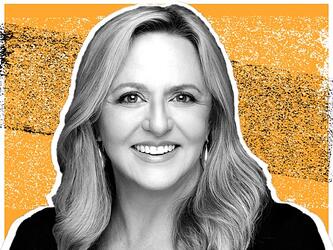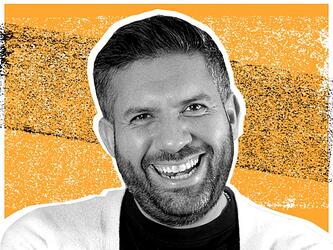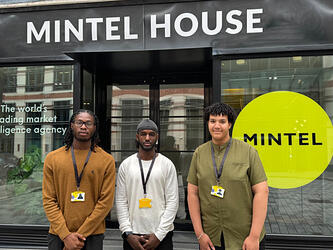Article Not Available
Whether it’s a complimentary engraved chalice from Stella Artois, a personalised bottle of HP Sauce with your Dad’s name on it for Father’s Day or whether you’ve been hunting through supermarket shelves to find a bottle of Coke with your name or your best friend’s name on it, one thing’s for certain, brands are getting personal.
Personalisation, of course, is nothing new. For some time you have been able to personalise your Adidas trainers, buy a bespoke bottle of Famous Grouse whiskey, or design your own Converse shoes, but this is really the first time that personalisation has gone mass market.
As difficult as it is for mass consumption brands, if you get it right, it really works. It taps into our present desire as individuals to both stand out from the crowd whilst also fitting into it, enjoying the thrill that somehow something has been produced just for us or for us to share with someone we love. And, for the brand, to be associated with that feeling is priceless.
Although Starbucks created a stir with their personalised coffee cups, it is Coca-Cola that seems to have made the most obvious breakthrough. Named Coke bottles have stepped out from the supermarket shelves and created active spontaneous and engaging brand conversations. It has become a subject of real world conversations between friends; people are posting pictures of their personalised bottles on their social media sites. It is a rare example of a brand actually meeting people in their real lives rather than merely pushing a marketing message at them.
So, where do we go from here? At the moment personalisation has extended to allowing limited influence over the design of products, within the confines of certain options, or simply having your name (which of course is not unique) on something. Could more targeted personalisation be the next thing where brands offer you the chance to select the composition of products to influence their strength to suit your personal tastes.
Either way, after a campaign as seismic as the Coca-Cola name campaign, anyone looking to merely repeat the exercise risks appearing a little late to the game. The key to leveraging our desire for personal recognition is to know clearly what your customers are going to value, how and why. Research will give you the data and the insights to ensure it is conceived in a way that is right for both the brand and its customers.

We hope you enjoyed this article.
Research Live is published by MRS.
The Market Research Society (MRS) exists to promote and protect the research sector, showcasing how research delivers impact for businesses and government.
Members of MRS enjoy many benefits including tailoured policy guidance, discounts on training and conferences, and access to member-only content.
For example, there's an archive of winning case studies from over a decade of MRS Awards.
Find out more about the benefits of joining MRS here.










1 Comment
Lillian
13 years ago
I'm glad I have not been the only one to notice this mass of 'personalisation' that the big brands (Stella Artois - your name on a challis', Coca Cola - your first name on a bottle and Starbucks - your name on your cup), have been implementing more frequently. I also agree this is not a recent idea of inviting a consumer to actively engage with their purchases. Toblerone had their time with their 'To My Dad' father's day packaging choice. In addition, personalised name jewellery is still popular with contemporary celebrities; Rita Ora in her promotional shoots and Cara Delevingne featuring in Italian Vogue. It is a very clever way of re-representing a 'proven to work' method. Especially in Coca Cola's case of encouraging consumers to engage with social media platforms by tweeting/ posting on facebook images of 'their' name. I just question whether this is a short-lived campaign, and how many smaller brands may 'cotton - on' to the idea, diluting its value?
Like Reply Report